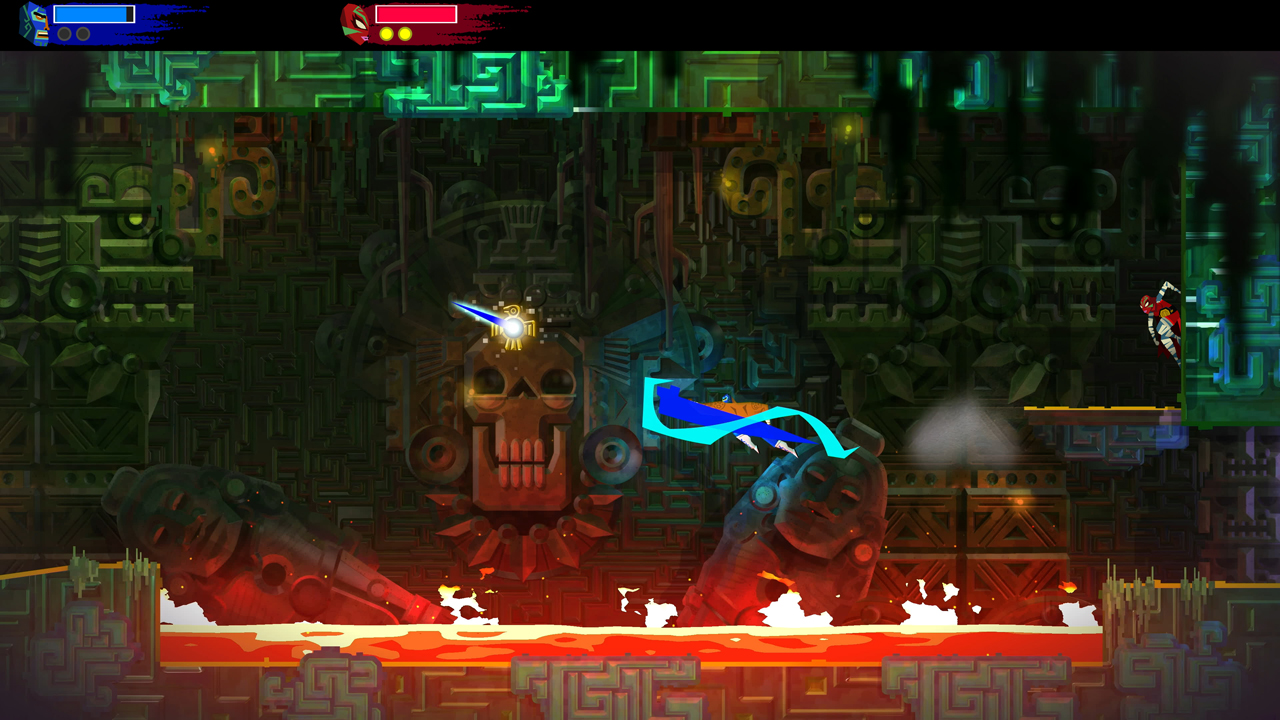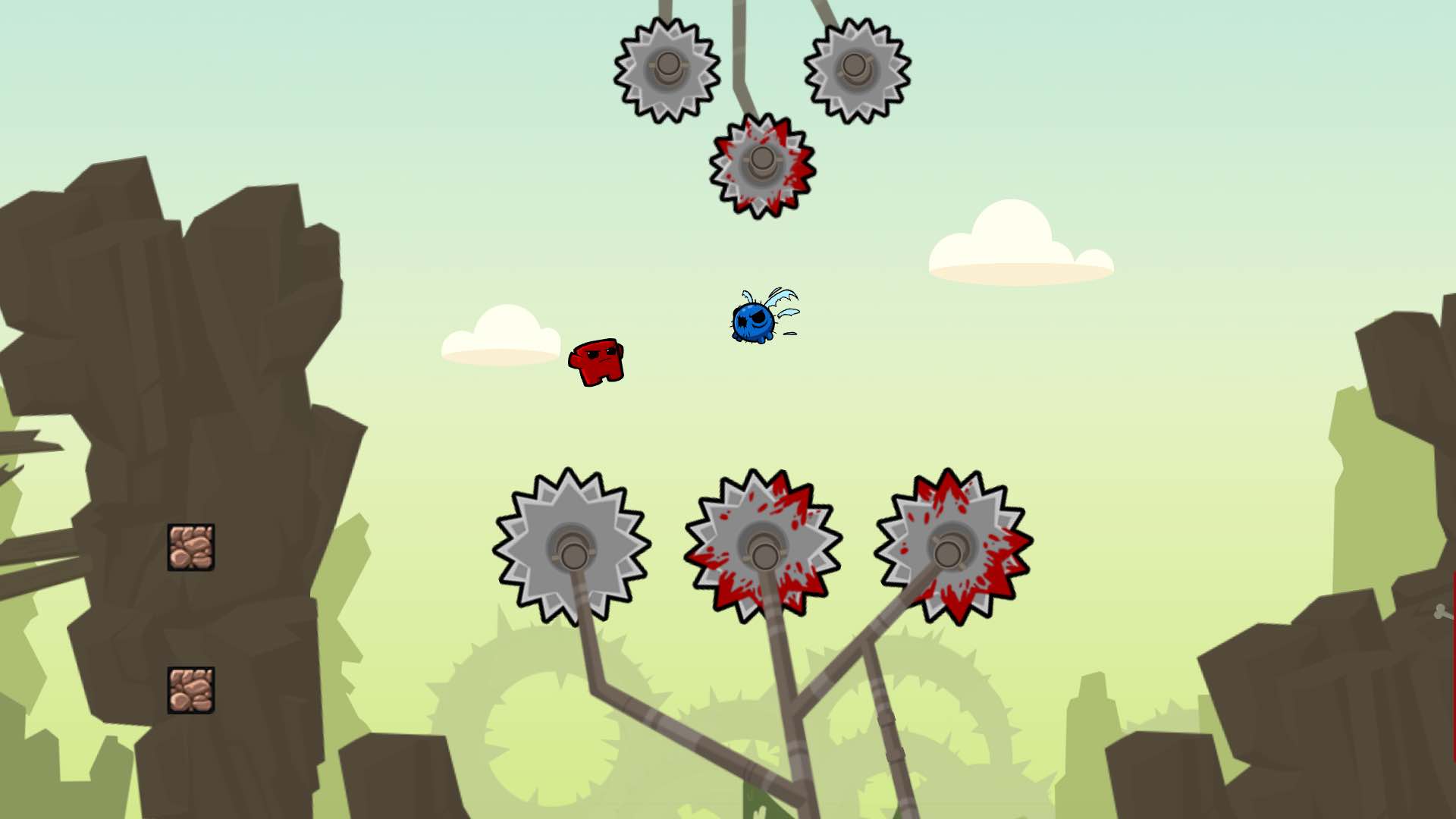The PlayStation Vita Is STILL The Best Place To Play Indie Games
The PS Vita is like the indies it hosts: small but full of enormous possibility.

In 2012, the PlayStation Vita was unleashed upon the world to a strong launch, selling 1.2 million units worldwide. Publishers and developers, big and small alike, all wanted to get in on this portable powerhouse, producing almost console-quality experiences, such as the likes of Gravity Rush, Little Big Planet, Persona 4 Golden, Assassin’s Creed III: Liberation, Killzone: Mercenary, Rayman Legends, and even an Uncharted installment.
A longtime PSP owner, I was amped for the next generation of PlayStation portability. In the beginning, the adventures I undertook with my PS Vita were terrific. The PS Vita gave me hope that a quality high-end gaming was heading to my pocket. Sure, at the time you had the Nintendo 3DS, but I’d become tired of playing the same games on a new system. No, I wanted to play my PS3 games on the go, and that’s what the Vita gave me.
So why is the PS Vita still the best place to play indie games then, if I keep mentioning triple-As?
Well, the PS Vita, with the help of PlayStation Plus and its user-friendly store, introduced me to a world of games I may not have found otherwise. These ranged from 2D side-scrollers like Shovel Knight, and the electric Sound Shapes, to Spelunky, and Rogue Legacy – “endless” games perfect for quick-dip play.

The size and portability of the PS Vita allowed me to take it anywhere, and my saves came with me, soldiering on with a five-hour battery life. It fit perfectly into my life. Waiting for a doctor’s appointment I would simply tap into the gruesome Hotline Miami, or be a hero luchador in Guacamelee! between classes. It wasn’t even the heavy-hitter games that filled my free time on the PS Vita, it was the indies with their easy-to-jump-into levels and innovation with relatively limited hardware features that kept my thumbs tapping.
Even with these great games and features though, mass markets just weren’t interested in the PS Vita. The mobile gaming boom hit, and it hit hard. Sales from the system went from 200 thousand in the first month to 50 thousand a month after that. For comparison, in 2014 the PS4 sold 250 thousand consoles within 48 hours, and 530 thousand units in the first five weeks. The resounding question from the mouths of the PS Vita’s intended audience was “why would you pay for mobile games when they were free on your phone and already connected to everyone everywhere?” The Vita didn’t have an answer, and it floundered for it.
Since then, we’ve learned that just because something is free doesn’t mean it’s good. Mobile games range from fun for a few weeks to downright unplayable. While some developers like Nintendo are releasing games fully licensed under respected IPs such as Super Mario Run, the games are still not the quality experiences we all saw on the horizon in 2012. With over 1,400 games and a still-expanding library, the PS Vita still serves that purpose. But how can a system with such a poor track record, and even abandonment by its own creators, still receive games that are not just ported to the PS Vita but actually made with it in mind?

After companies like Activision, Ubisoft, SIE Bend Studio, and Guerrilla Games jumped ship, indie studios discovered that Sony had made the PS Vita’s infrastructure reasonably easy to work with. With open season on the digital storefront, and a community of Vita owners desperately craving something to play, the indies got to work.
Soon Super Meat Boy, Rocketbirds, Broken Age, Divekick, Titan Souls and Escape Plan busted their way onto the console. The JRPG market exploded with Sword Art Online: Hollow Realization, Freedom Wars, World of Final Fantasy, and Digimon Story: Cyber Sleuth. The PS Vita became a haven for gamers seeking portable gaming options outside of the typical trappings of mobile experiences. A devoted community, avid collection scene and a substantial digital storefront make the Vita an underground success in 2019.

Greatness didn’t await for the PS Vita like Sony thought it would. An estimated 16 million sales didn’t hold up against the PS4’s 74 million, and the company lost faith in their console-quality vision. Instead, bubbling under the surface of the mobile gaming revolution, the Vita was rapidly succeeding at something it wasn’t designed for. Rather than keeping up with the massive strides in console gaming, the Vita became focused on offering small games created with love at a low cost.
Today, the Vita still provides fun, crazy, emotional, and often time-consuming experiences that never existed on-the-go before. The PS Vita is the best place to play indie games because it’s like an indie developer – small but always full of enormous possibilities.
